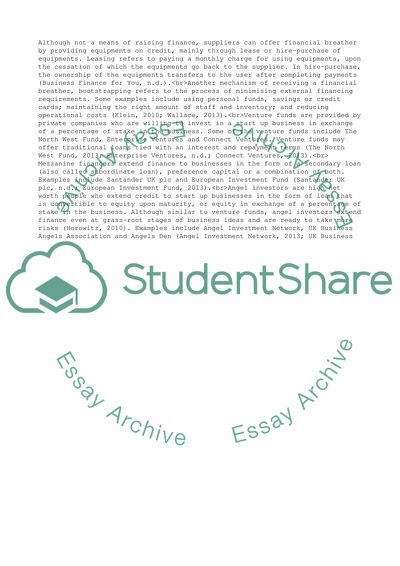Cite this document
(Managing Financial Resources and Decisions Assignment - 3, n.d.)
Managing Financial Resources and Decisions Assignment - 3. https://studentshare.org/finance-accounting/1805615-managing-financial-resources-and-decisions
Managing Financial Resources and Decisions Assignment - 3. https://studentshare.org/finance-accounting/1805615-managing-financial-resources-and-decisions
(Managing Financial Resources and Decisions Assignment - 3)
Managing Financial Resources and Decisions Assignment - 3. https://studentshare.org/finance-accounting/1805615-managing-financial-resources-and-decisions.
Managing Financial Resources and Decisions Assignment - 3. https://studentshare.org/finance-accounting/1805615-managing-financial-resources-and-decisions.
“Managing Financial Resources and Decisions Assignment - 3”. https://studentshare.org/finance-accounting/1805615-managing-financial-resources-and-decisions.


